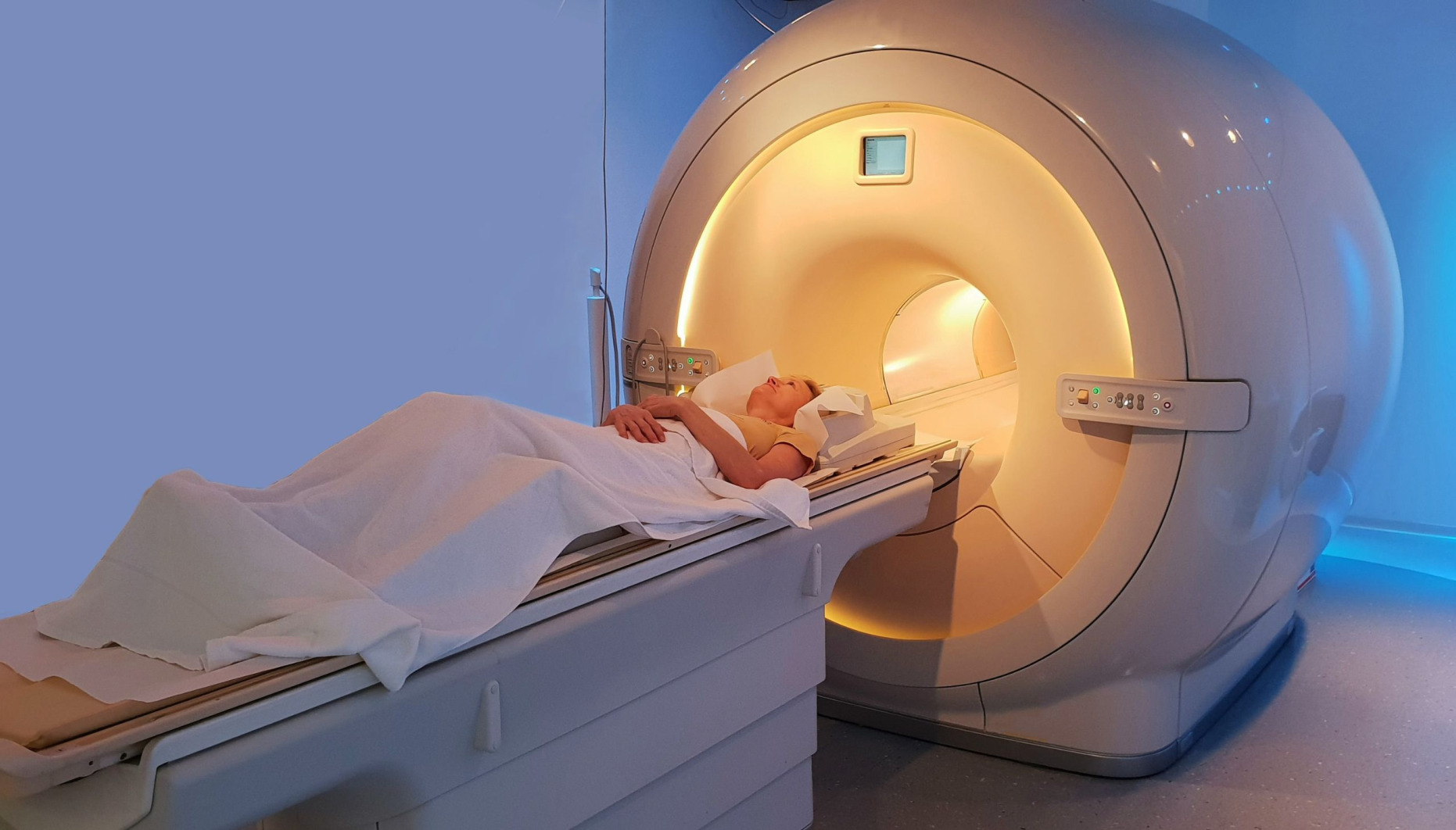
Guest post: how to overcome scanxiety
An in-depth look at scanxiety, to help patients overcome it and take control of their mental and physical wellbeing
*This is a sponsored guest post from Maven Imaging. The views expressed below are not necessarily the views of The Brain Charity and we do not necessarily recommend this company above any other.*
Post-diagnosis treatments can be accompanied by a range of anxieties, one of the most challenging being ‘scanxiety‘.
This infographic provides an in-depth look at scanxiety to help patients overcome it and take control of their mental and physical wellbeing.
What is scanxiety?
This type of anxiety is a common experience for patients, particularly those with cancer, as they undergo scans – often causing distress both mentally and physically.
The anxiety can arise from the anticipation before the scan, the experience of the scan itself, and afterwards when waiting for results.
In a study of 222 participants, 55% experienced scanxiety.
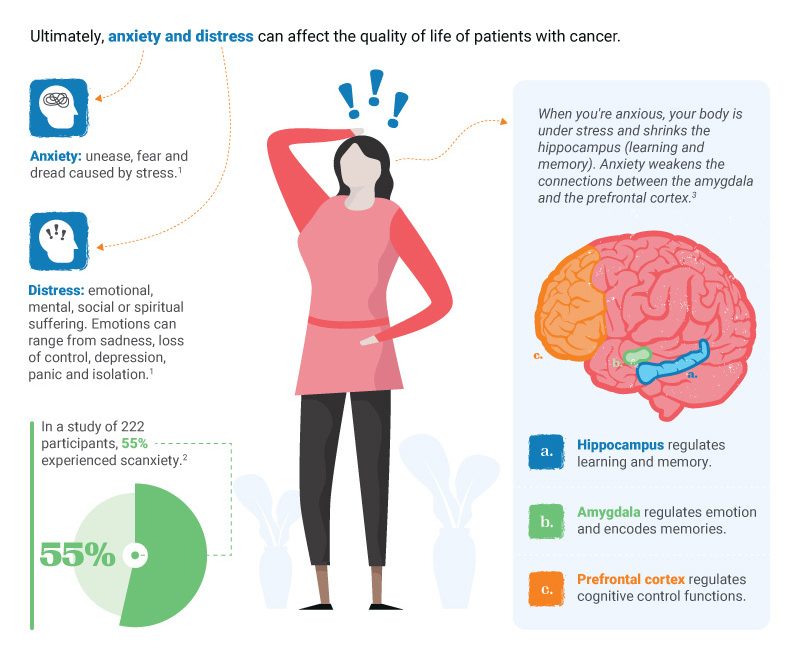
How scanxiety can impact your health
Scanxiety can take a toll on a person’s overall mental state. It can cause feelings of worry, nervousness, and stress that can escalate into physical symptoms such as headaches, stomach discomfort, and difficulty sleeping.
This is because anxiety weakens the connections between the brain’s amygdala (which regulates emotion and encodes memories) and prefrontal cortex (which regulates cognitive control). It also shrinks the hippocampus, which regulates learning and memory.
These physical symptoms can further worsen the mental state of the patient, creating a vicious cycle.

Triggers for scanxiety
Triggers for scanxiety can occur when:
- Being screened for cancer
- Waiting for results
- Hearing a cancer diagnosis
- Worrying that cancer will recur
Some fears are caused by the X-ray machines themselves, such as MRI, X-ray, CT/CAT scans and ultrasound.
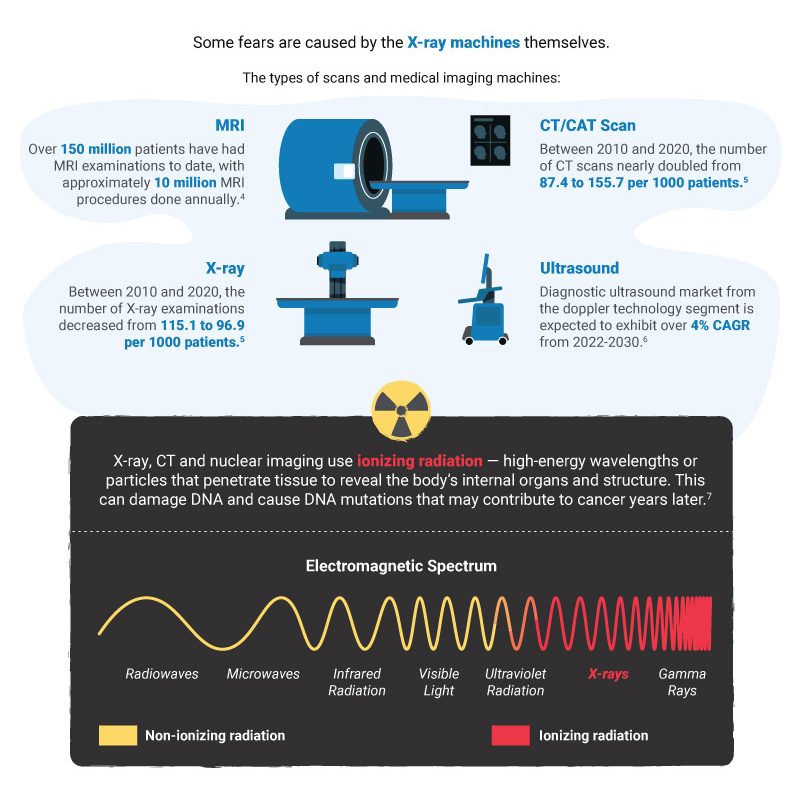
X-ray, CT and nucelar imaging use ionizing radiation – high energy wavelengths or particles that penetrate tissue to reveal the body’s internal organs and structure. This can damage DNA and cause DNA mutations that may contribute to cancer with prolonged use.
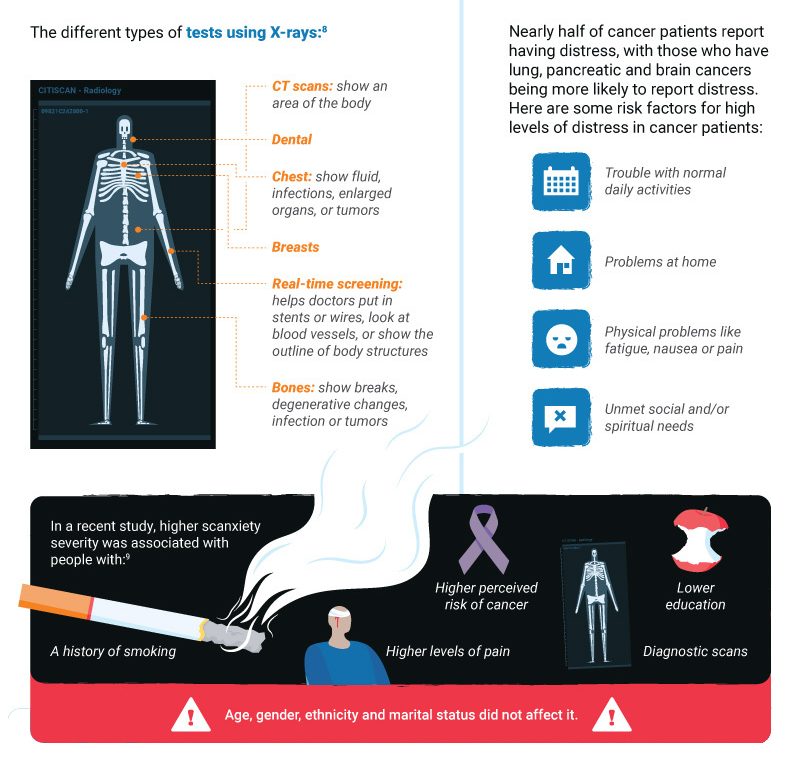
Nearly half of cancer patients reported feeling distress, which can cause:
- Trouble with normal daily activities
- Problems at home
- Physical problems like fatigue, nausea or pain
- Unmet social and/or spiritual needs
Higher scanxiety severity was associated with people with a history of smoking, higher levels of pain, higher perceived risk of cancer, lower education and diagnositic scans. Age, gender, ethnicity and marital status did not affect it.
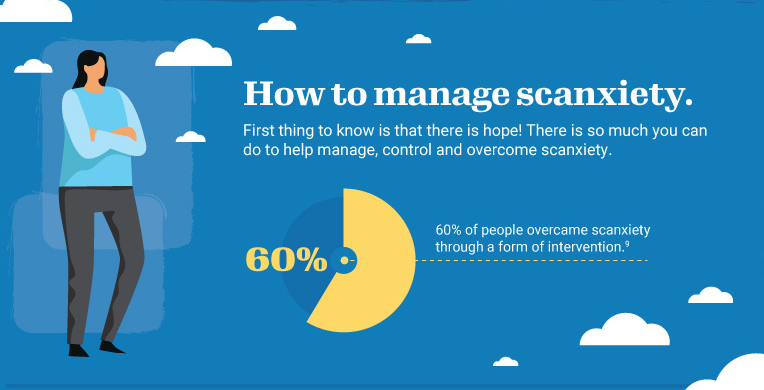
How to manage and overcome scanxiety
Despite the difficulties that come with scanxiety, it can be effectively managed with the right care and support. Talking to a trusted friend, family member, or therapist can help patients better understand and manage their anxiety.
Practicing mindfulness, meditation, and deep breathing techniques can also help reduce stress and anxiety levels. 60% of people surveyed said they overcame scanxiety through a form of intervention.
These interventions can include:
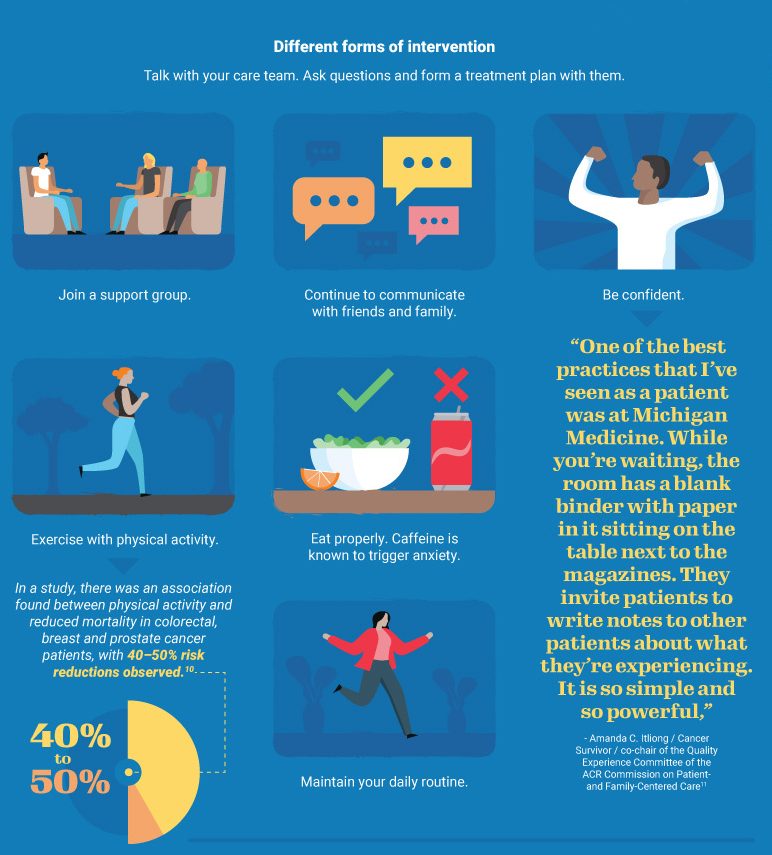
- Joining a support group
- Continuing to communicate with friends and family
- Trying your best to stay confident
- Exercising
- Eating properly and avoiding caffeine
- Maintaining a daily routine
In addition, staying informed and educated about the process and purpose of the scan can also help alleviate some of the anxiety.
It’s essential for patients to understand that scans are important diagnostic tools that help healthcare providers make informed decisions about their treatment plan.
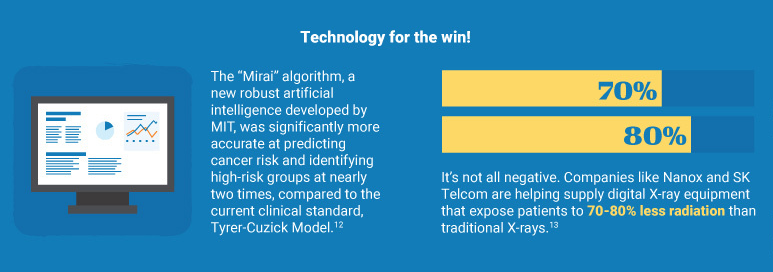
While scanxiety can be a challenging experience, it’s important to remember that it’s manageable with the right care and support.
Technology is also becoming an effective diagnostic tool with new digital X-ray equipment exposing patients to 70-80% less radiation than traditional X-rays and artificial intelligence being developed to predict cancer risk.

Categories: Advice, Guest blogs
Published: 21 February 2023














